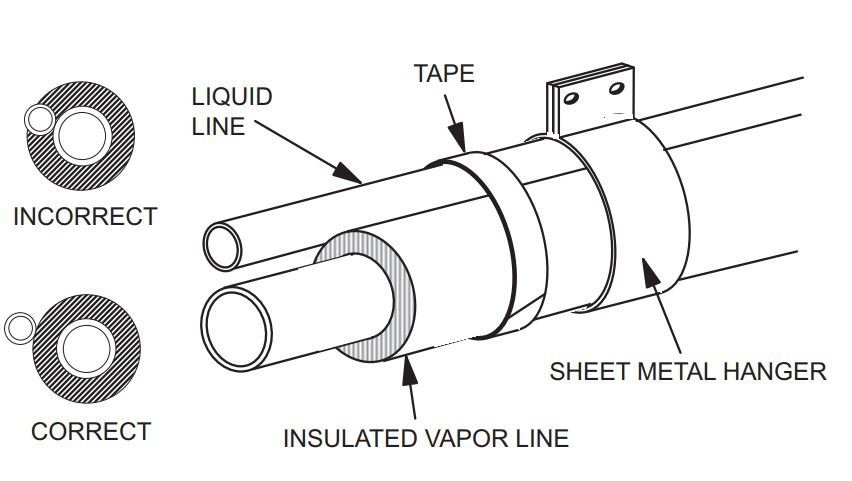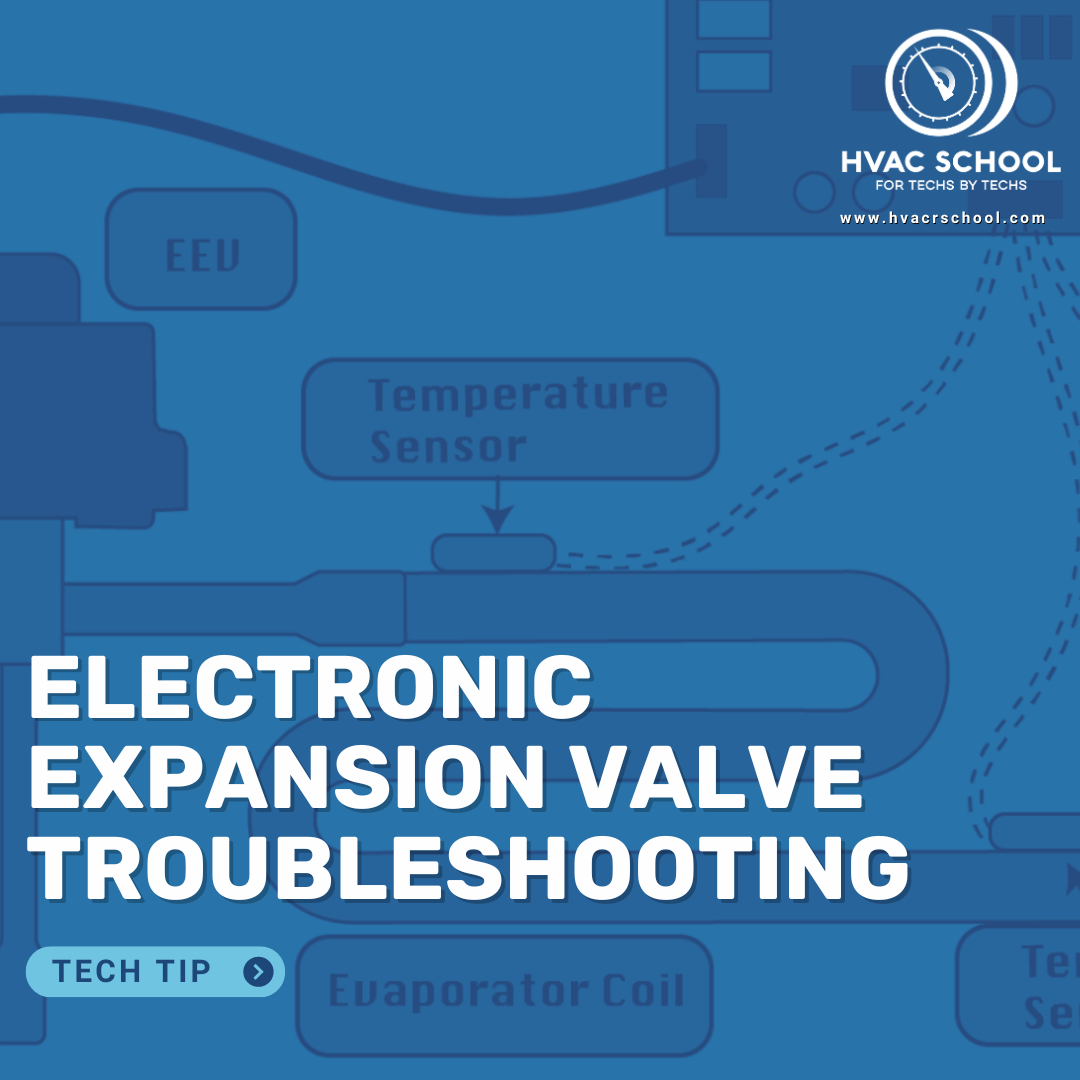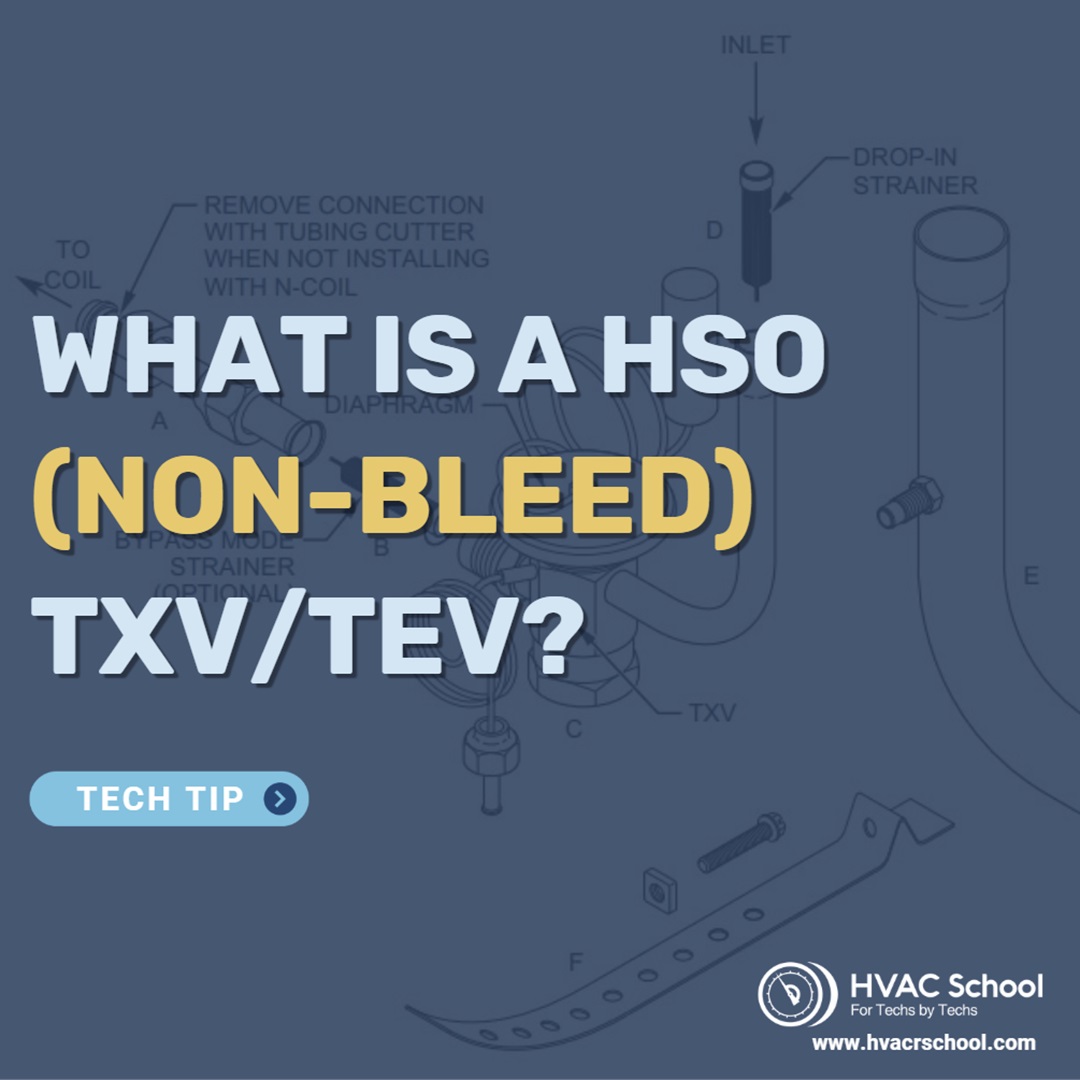Get Tech Tips
Subscribe to free tech tips.
Refrigerants, Flammable & Toxic

There has never been a more complicated and confusing time surrounding refrigerants than what we are in right now.
We are seeing flammable HC (hydrocarbon) refrigerants with increasing regularity, and EPA rules that just changed appear to be changing again.
With all this tumultuous change, it's important to know what to look for in refrigerants and what makes a good refrigerant in the first place.
A good refrigerant:
- Has high latent heat of vaporization (it moves a lot of heat per lb when it boils)
- Boils and condenses at temperatures we can easily manipulate with compression (the pressures work)
- Mixes with the oil appropriately so that the oil can do the job of lubricating the compressor and return
- Doesn't blow stuff up or catch on fire
- Doesn't poison people
- Doesn't hurt the environment
That pretty much sums it up.
Because we have seen increased environmental regulations over the last 25 years, there has been a push to find good refrigerants, even if it means going into the flammable and toxic spectrum.
Thankfully, refrigerants are well marked. So long as we pay attention and follow best practices, there shouldn't be any issues.
The markings are pretty simple:
- Class A refrigerants have low toxicity
- Class B refrigerants have high toxicity
- Class 1 refrigerants have low flammability
- Class 2L refrigerants are only “mildly” flammable
- Class 2 refrigerants are low flammability but higher than 2L
- Class 3 refrigerants are highly flammable
The most common toxic refrigerant is ammonia, and you would generally only find it in old appliances or large industrial applications.
Propane (R290) is a flammable refrigerant and is becoming quite popular in small self-contained refrigeration units like vending machines and reach-in coolers. These propane units will be very clearly marked and should be handled with extreme caution, especially when electrical sparks or open flames are or could be present.
True Refrigeration has some good training materials on R290, such as this video.
As refrigerants become more toxic and flammable, it becomes more important to evacuate the system properly to get oxygen out of the system and make sure the systems are free of leaks.
Skilled and well-trained techs will ALWAYS be needed in our trade and never more than now.
—Bryan










Comments
a pitted evap coil and were off to the races.
a pitted evap coil and were off to the races.
To leave a comment, you need to log in.
Log In